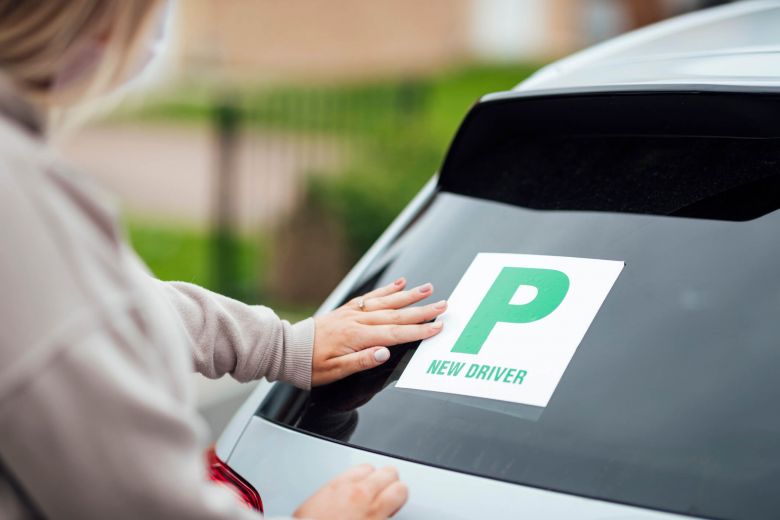
In road safety, there’s no more low-key yet powerful tool than the lowly learner driver plate. Evidenced by their capital lettering and high-contrast formatting, such plates are a crucial element in educating new drivers, warning other drivers, and making everyone on the road aware of the situation at a glance. To signage businesses, learner driver plates are not just a functional safety item, but a means of offering a service that has a direct impact on safer driving conditions.
The Purpose of Learner Plates
Learner plates are there to indicate plainly that the vehicle is in the hands of a person who is still learning to drive. They exist to encourage additional caution, patience, and courtesy from other drivers. For learner drivers, the plates also offer a measure of reassurance: by using them, learners can be sure that other people will recognize them for what they are and are less likely to respond aggressively to errors or slowness.
Most nations have stringent regulations regarding how these plates should be displayed. In the UK, for instance, there is a red “L” that should be visible on a white plate both at the front and rear of the vehicle whenever a learner is behind the wheel. In Australia, states employ colored “L” plates with defined dimensions. In all instances, displaying the plates is mandatory under the law, not necessarily an additional safety option.
Design and Visibility
Learner driver plates rely on design to work: bold, clear lettering is essential: the “L” needs to be large enough to read immediately, even when most of one is moving quickly, and the background colour should have maximum contrast. Most laws state precise dimensions for the letter and background in order to standardise and ensure immediate recognisability.
For sign companies, this is where technical knowledge of the materials and printing process becomes an issue. Plates need to be able to withstand the weather, resist fading from sunlight, and stick firmly to the vehicle without cracking paintwork. The usual choices tend to be magnetic plates, suction plates, and adhesive vinyl stickers. All have benefits: magnets can be removed and reused at will, but adhesive types stick better and are less likely to disappear in windy weather.
Legal and Safety Factors
Note that learner driver plates have to be compatible with road laws in the area. Employing non-standard designs, wrong sizes, or plates that are covered in some manner can lead to penalties for the driver and detract from the safety function of the plate. Companies that produce learner plates should thus ensure their products are fully compliant with all existing standards and inform clients of such requirements clearly.
Safety is not just a matter of compliance. Plates that come off during driving, disintegrate rapidly, or are very difficult to see at night might cause confusion or even an accident. Proper-quality reflective material can significantly enhance night-time visibility and offer an extra degree of reassurance for both learners and other road users.
The Signage Company’s Role
For a sign company, learner plates are a steady and consistent market. Each year, thousands of new drivers need plates, and driving schools buy them in bulk for their fleets. Providing strong, compliant, and well-crafted plates is one way for a signage company to establish credibility and a reputation for excellence. Firms can also enhance value by providing customisation on driving school plates, i.e., branding on the back side, while not sacrificing the legal conditions on the front face.
Presentation and packaging count. Plates that are convenient to handle, store, and apply will be attractive to learners as well as teachers. Offering good instructions and aftercare guidance—such as how magnetic plates should be stored so they do not warp—can also distinguish a company from its rivals.
Learner driver plates are so much more than bits of plastic or vinyl. They are a key component of the road safety network, assisting in protecting novice drivers and warning others to drive carefully. For sign companies, manufacturing these plates is both a challenge and an advantage: challenge to maintain compliance and safety, and advantage to offer a product that will never go out of demand. With careful design, good-quality materials, and a grasp of the legal situation, sign companies can contribute to making the roads safer for all of us.



